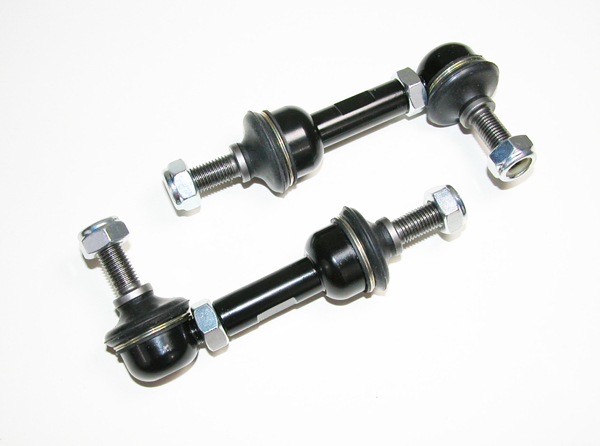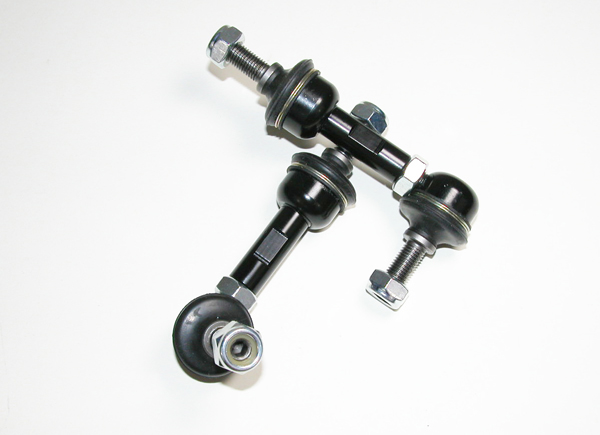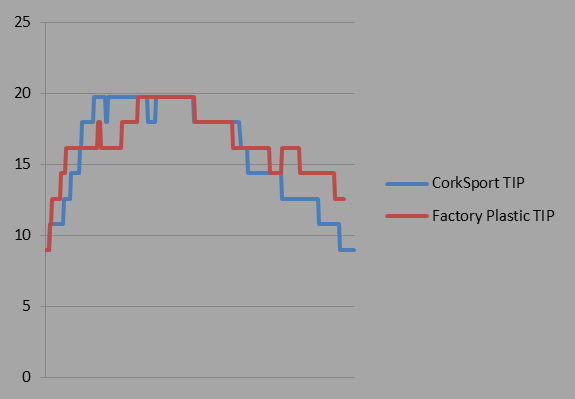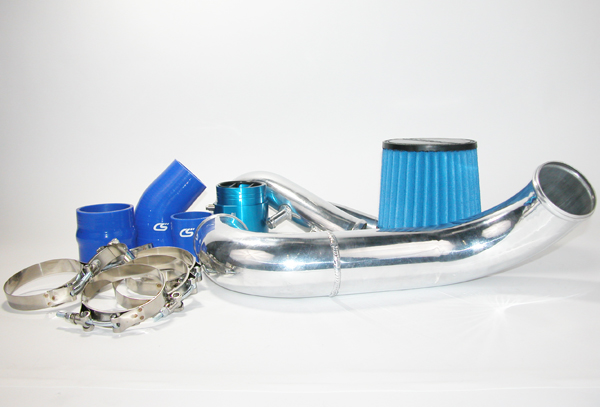CorkSport is happy to announce a special double release of the CorkSport Mazdaspeed 3/Mazda 3 and Mazdaspeed 6 Rear Motor Mounts!
You might be asking yourself right about now, “There are a lot of motor mounts on the market, what makes yours so different?”
Excellent question!
Improved Rear Motor Mount
Let’s start with the Mazdaspeed 3/Mazda 3 Rear Motor Mount. Designed as a direct replacement of the OEM motor mount, the CorkSport Rear Motor Mount provides improved handling and shifting by replacing your factory mount and rubber bushings with an upgraded mount and urethane thrust surface for added stiffness and improved driver responsiveness.
We designed the urethane thrust surface to be larger than other products on the market. We found this provides the added stiffness you desire while maintaining the comfortable ride you want and reducing the effect of NVH (noise, vibration and harshness) in your cabin.

What’s more our CorkSport Mazdaspeed 3/Mazda 3 Rear Motor Mount is a 2 for 1! We have designed the part to allow customers to easily swap between our 70 and 80 durometer urethane for an easy transition between daily driving and track days!
The Mazdaspeed 3/Mazda 3 Rear Motor Mount is powder-coated black and includes zinc-coated sleeves for a durable, long-lasting life.
The Best Mazdaspeed 6 Rear Motor Mount
Now, onto the Mazdaspeed 6 Rear Motor Mount. This part has been designed as a single piece that again maintains your OEM fitment, but replaces the factory bushings with large urethane thrust surfaces for improved handling and shifting while maintaining ride quality.

Best Quality Mazdaspeed 6 RMM
This high-quality, great-looking part is black anodized with the zinc coated sleeves for a long-lasting, durable finish. Available in 70 durometer urethane, the CorkSport Mazdaspeed 6 Rear Motor Mount has also been designed with a larger thrust surface for better handling without all the NVH associated with other stiffer and smaller urethane surfaces on the market.
You can purchase your CorkSport Mazdaspeed 6 Rear Motor Mount today from CorkSport.com
Visit our site to check out all of our new and existing products for the Mazdaspeed 3, Mazda 3 and Mazdaspeed 6.
Connect with us
You may also like
- Dual Product Release!! CorkSport Shift Knob and MazdaSpeed 6 Rear Differential Mount
- CorkSport’s Mazdaspeed 3 Stage II Engine Mount
- Just Released: CORKSPORT 2006-2007 Mazdaspeed 6 Transmission Mount Insert
- See Daniel’s “SPDBOAT” Mazdaspeed 6 Build Part 1













